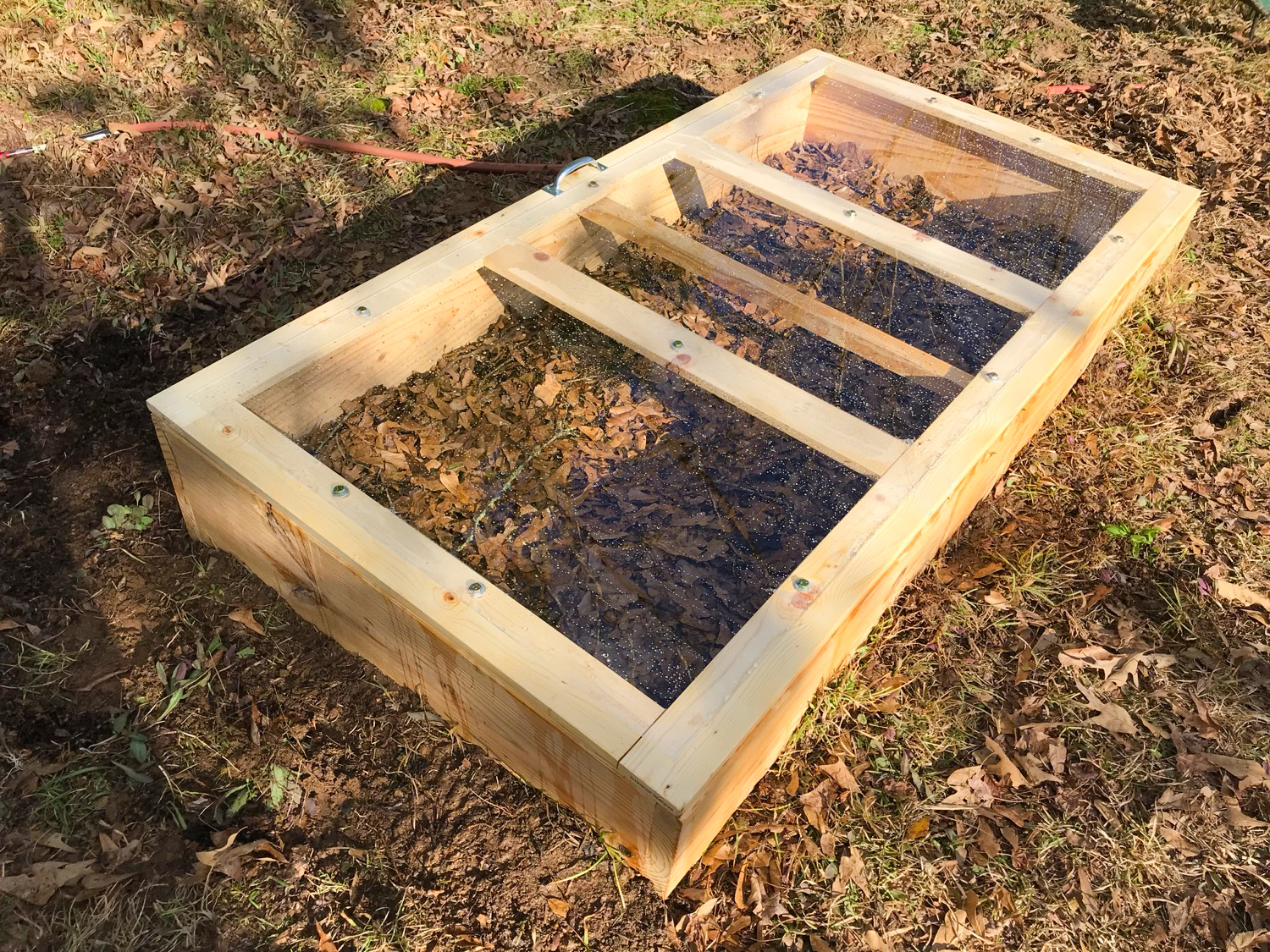My first peach tree is flowering. ‘Flordaking’—and, yes, there is not an i missing. The name gave me pause the first time, too—arrived last fall in a six-foot-long box. Upon opening said package, to my surprise a six-foot-tall Prunus persica was inside. I guess that’s what happens when you buy a five-gallon tree.
Present, past, and future flowers of ‘Flordaking’ peach
I sited it in our edible patch. I had initially set aside this approximately 100 × 100 ft fenced area to be an orchard, but after mental iterations, it became clear after some damage from deer, boar, rabbits, and armadillos that the area would be better suited for more annual production since they were obliterated elsewhere. I slated the back third edge-habitat area for fruit trees, and the rest of the front was for cut flowers and veggies.
While I’m more of a nectarine person myself, Karen likes them; therefore, in the orchard a peach went. The reason I chose ‘Flordaking’ is because of its low chill requirement. In horticulture we talk about chilling hours as a measure for how much cold a plant must receive before it flowers, and while there are different approaches to calculate that number, let’s say that we count the hours under 45F.
I teach students that a tree’s chill requirement is an alarm clock. It is a wonderful adaptation that some temperate trees have to the extreme stress of being exposed to cold temperatures in the winter. Just like some people need 6 hours of rest and others need 8 (…or 10), some peaches need a few hundred hours down south while others further north require 1000 hours.
Chilling causes sugar levels in the trees to increase and hormone levels to change. The tree must be exposed to a certain amount of chilling to be able to flower. If not enough chilling is perceived, then the plant can’t flower because enough metabolic changes haven’t occurred yet. The alarm clock hasn’t gone off and the tree can’t wake up. In fact, planting a high chill requirement tree in the south where we have warm winters every so often may result in the plant being extremely delayed in growth.
‘Flordaking’ is estimated to need about 400 hours of cold. Released by the University of Florida in 1978, it’s touted to be one of the best varieties for us to plant in zone 8.
A honeybee dusted with pollen. For fun, notice how the stamens (filament structures) change from orange in a new flower opening to yellow where they are shedding pollen.
The appearance of petals in recent weeks indicated that the snooze wasn’t pushed. Instead, the tree is rising and shining. It is pure delight to watch the petals unfurl. The other afternoon I stood and watched a bee work the sparse flowers on the little tree in the waning light. It wasn’t very skittish and allowed me to get close and observe it swimming in the stamens to get the nectar at the center. While peaches are self-fertile and one tree will produce fruit, I’m going to add another one or two to the patch for some diversity.
This list has been helpful picking some low chill varieties for our garden. Maybe it’ll help you, too.

























